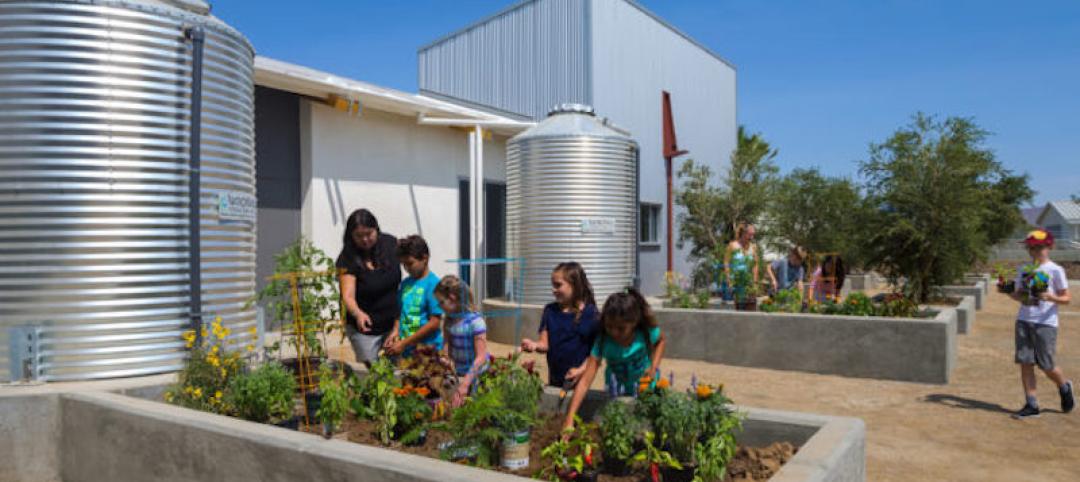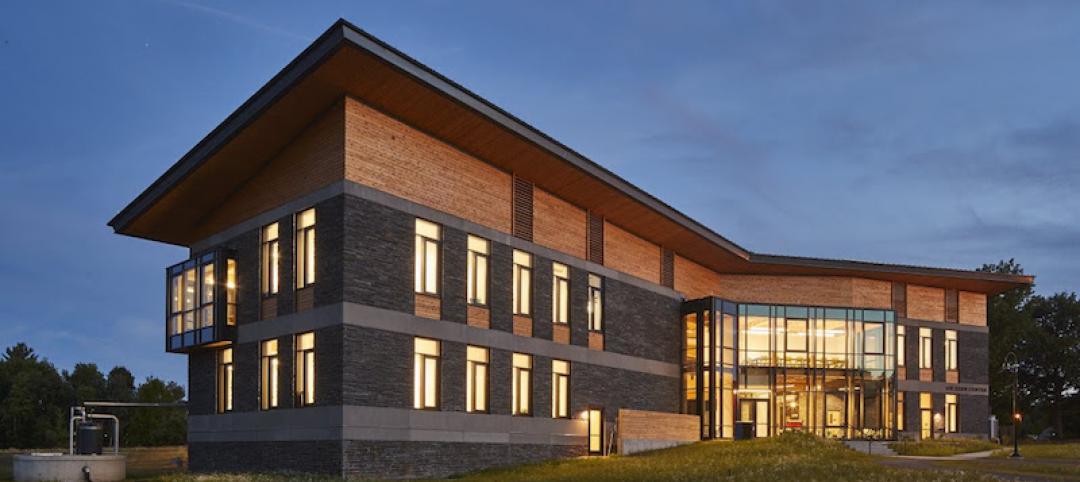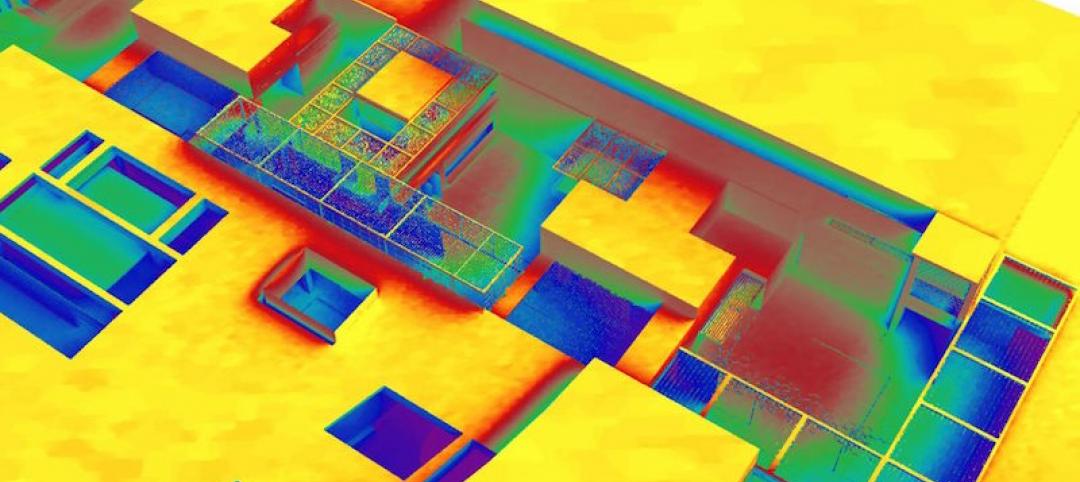States from coast to coast have signed a joint agreement to accelerate the transition to pollution-free residential buildings by significantly expanding heat pump sales to meet heating, cooling, and water heating demand in coming years. The Memorandum of Understanding (MOU), led by the Northeast States for Coordinated Air Use Management (NESCAUM), has been signed by directors of environmental agencies from California, Colorado, Maine, Maryland, Massachusetts, New Jersey, New York, Oregon, and Rhode Island.
Under the MOU, these states have set a shared goal for heat pumps to meet at least 65% of residential-scale heating, air conditioning and water heating shipments by 2030 and 90% by 2040 across the participating states. States will also collaborate to collect market data, track progress, and develop an action plan within a year to support the widespread electrification of residential buildings.
This MOU builds on a September 2023 commitment from the U.S. Climate Alliance’s member states and territories to quadruple heat pump installations by 2030.
Efforts to Transition to Clean Residential Buildings
“Heat pumps and building electrification are the future for healthier homes and a thriving green economy,” said Maryland Department of the Environment Secretary Serena McIlwain. “This multi-state partnership will help Maryland meet its ambitious climate goals and strengthen a coalition of states for cleaner air and better health outcomes.”
Buildings are a hidden source of air pollution, which comes from combustion of fossil fuels in furnaces, boilers, and water heaters. According to NESCAUM, fossil-fueled heating equipment across the participating states emits annually over 138,000 tons of smog-forming nitrogen oxides (NOx) and 6,000 tons of fine particulate matter, causing increased risk of heart attack, asthma events, premature death, and many other adverse health outcomes. Buildings also annually emit 173 million metric tons of CO2 across participating states.
To pave the way for widespread adoption of heat pumps, the agreement emphasizes collaboration with key stakeholders, including heat pump manufacturers and HVAC installers. The transition to efficient electric heating, cooling, and water heating has the support of major market players and manufacturers.
“To achieve our shared decarbonization goals, we need to send an unmistakable signal to the marketplace that zero-emission homes are the future. This agreement does that,” said Matt Rusteika, Director of Market Transformation, Building Decarbonization Coalition. “We applaud NESCAUM and state leaders for a commitment that is ambitious, flexible, and pragmatic.”
To lead by example, states signing the NESCAUM-led MOU committed to promote installation of zero-emission, grid-interactive technologies in existing state buildings. States also seek to direct at least 40% of efficiency and electrification investments to benefit low-income households facing high energy burdens and communities historically burdened with elevated air pollution levels.
A recent letter from business-focused Ceres united 24 businesses, investors, and building owners and operators in stating support to accelerate heat pump adoption. Last year, ten of the nation’s largest manufacturers committed to help California achieve its target of six million heat pumps by 2030.
“State policy is critical to accelerating the adoption of building technologies that are good for the climate and good for business. Initiatives that encourage collaboration across state lines to develop best practices are essential to accelerating this transition,” said Alli Gold Roberts, Senior Director of State Policy, Ceres.
Related Stories
Accelerate Live! | Jun 24, 2018
Watch all 19 Accelerate Live! talks on demand
BD+C’s second annual Accelerate Live! AEC innovation conference (May 10, 2018, Chicago) featured talks on AI for construction scheduling, regenerative design, the micro-buildings movement, post-occupancy evaluation, predictive visual data analytics, digital fabrication, and more. Take in all 19 talks on demand.
Sustainability | Jun 13, 2018
Largest Passive House office building in the U.S. will be built in Chicago’s West Loop
Solomon Cordwell Buenz is designing the building.
| Jun 11, 2018
Accelerate Live! talk: Regenerative design — When sustainability is not enough
In this 15-minute talk at BD+C’s Accelerate Live! conference (May 10, 2018, Chicago), HMC’s Eric Carbonnier poses the question: What if buildings could actually rejuvenate ecosystems?
| May 30, 2018
Accelerate Live! talk: T3 mass timber office buildings
In this 15-minute talk at BD+C’s Accelerate Live! conference (May 10, 2018, Chicago), architect and mass timber design expert Steve Cavanaugh tells the story behind the nation’s newest—and largest—mass timber building: T3 in Minneapolis.
Sustainability | May 16, 2018
Sustainability is dead: Regenerative architecture is the new green
Is sustainability a model that our culture should adopt and promote knowing that the bucket will one day be empty?
Sustainability | Apr 18, 2018
The 10 sustainability trends that forward-thinking organizations have on their minds
The future office strives to be better, focus more on the people who inhabit it, and contribute to the success of the company.
Green | Apr 13, 2018
evolv1 earns Canada’s first Zero Carbon Building-Design certification
The multi-tenant commercial office building is currently under construction.
Sustainability | Apr 11, 2018
Hampshire College is home to the largest Living Certified higher education project in the world
The project joins 16 other Living Buildings certified to date.
Sustainability | Apr 10, 2018
Thermal comfort, big impact
CallisonRTKL’s Pablo La Roche explains how outdoor thermal comfort could mitigate the effects of climate change.
Sustainability | Apr 9, 2018
Planning for 100: Looking beyond the horizon of zero-net-energy buildings
Imagine a future where buildings and infrastructure are 100% utilized and 100% responsive.
















